Plant a Japanese maple (Acer spp and curricula vitae, USDA areas 5 to 8; discover your area) in your yard, after that stand back and see all it gives your room. Vibrant vegetation, structure, year-round rate of interest, sculptural visibility and association are points that instantly enter your mind. Without a doubt, couple of various other plants can bring this much to the yard plate.
I just recently went to Mr. Maple, a Japanese maple baby room near Asheville, North Carolina, that is run by siblings Tim and Matt Nichols. The baby room started as a pastime for their papa, Norman, and currently offers over 1,000 cultivars, making it the biggest resource for Japanese maple cultivars in the United State.

Their display screen yard, revealed below, is a nearly unique kaleidoscope of shade, kind, dimension and structure. I talked to Matt and Tim concerning their leading options for Japanese maples that grow completely sunlight. These are their faves.
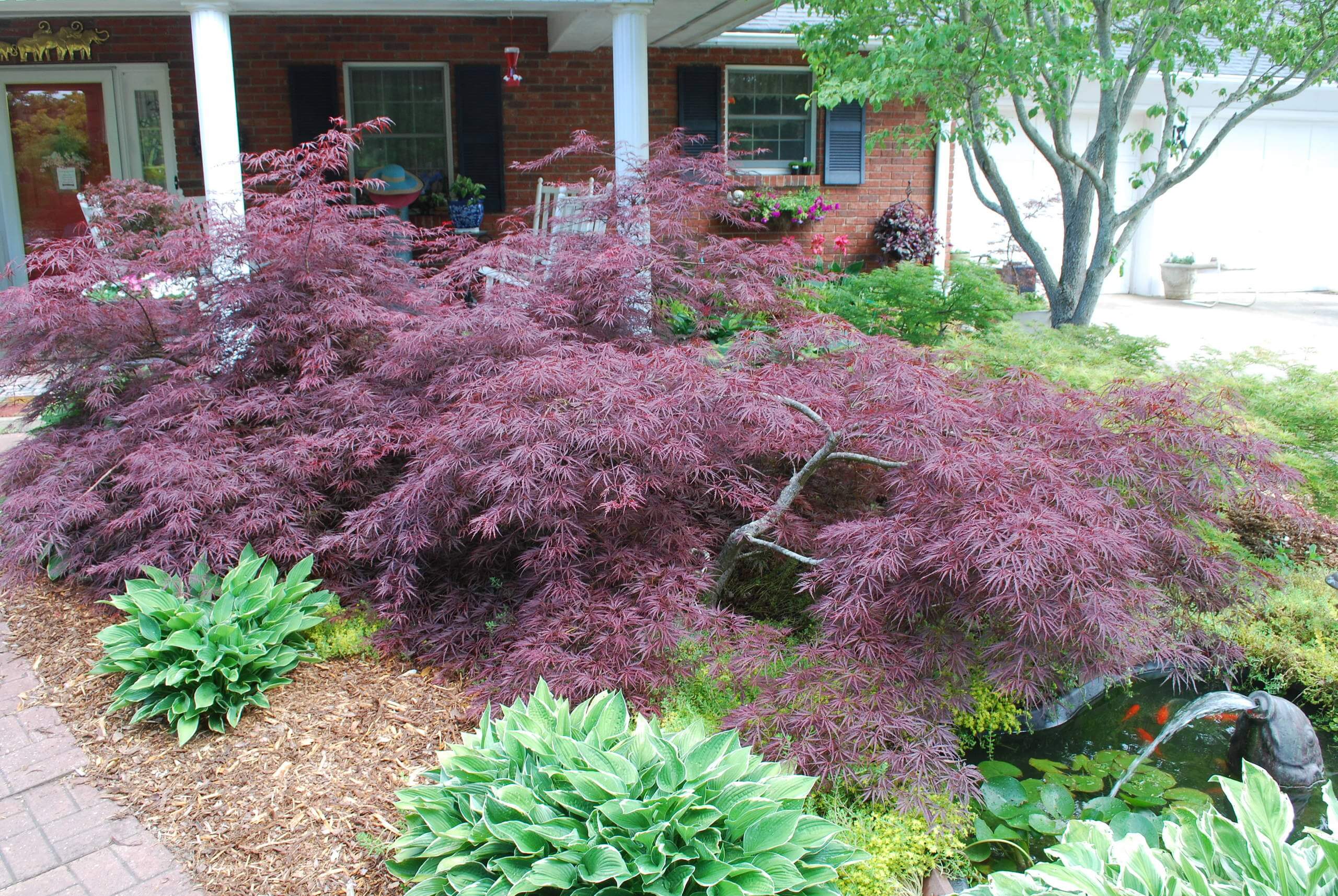
‘Tamukeyama’. This tree, whose name converts to “hands folded up in petition on the hill,” is a conveniently sourced cultivar that symbolizes all that individuals like regarding Japanese maples. Tim states that Tamukeyama is much better adjusted to complete sunlight than the older basic cultivar ‘Crimson Queen’. This tree will certainly discolor to a sloppy red environment-friendly if it is grown in a shadier part of the yard.
The vegetation arises later on in the springtime than that of various other maple cultivars, that makes it better for cooler environments where frost damages prevails. Tamukeyama expands to an elevation and size of 8 feet. The autumn shade is a great red.
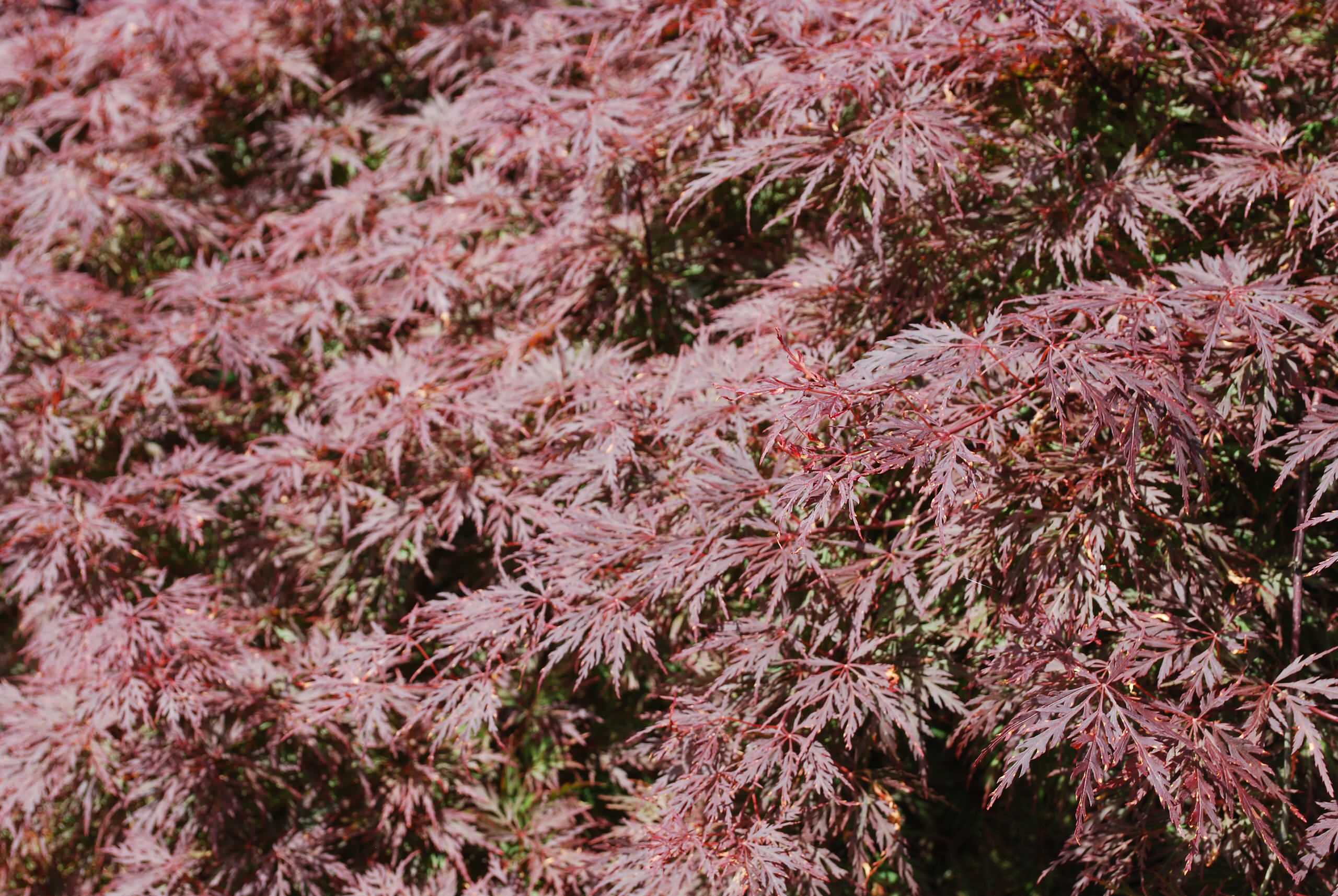
‘Orangeola’. Matt suggests this cultivar based upon the truth that it sporting activities 3 vegetation shades: environment-friendly, red and orange-pink. The loss shade is a fantastic orange. Orangeola has actually really studied leaves that are one-of-a-kind fit and really lacy.
Orangeola has actually obtained an Honor of Advantage from the Royal Horticultural Culture. It expands to an ordinary dimension of 4 feet high and vast and is a solid entertainer completely sunlight.

‘Red Emperor’. This cultivar, additionally referred to as ‘Em peror 1’, is an enhanced type of the preferred ‘Bloodgood’. It has a shinier, darker red fallen leave than Bloodgood, with an eco-friendly bottom. It leafs out 2 weeks behind Bloodgood, which, like Tamukeyama, is beneficial in chillier environments.
This cultivar, presented by Richard P. Wolff of Red Maple Baby Room in Pennsylvania, is sturdy to area 9, making it an exceptional option for warm, moist environments.
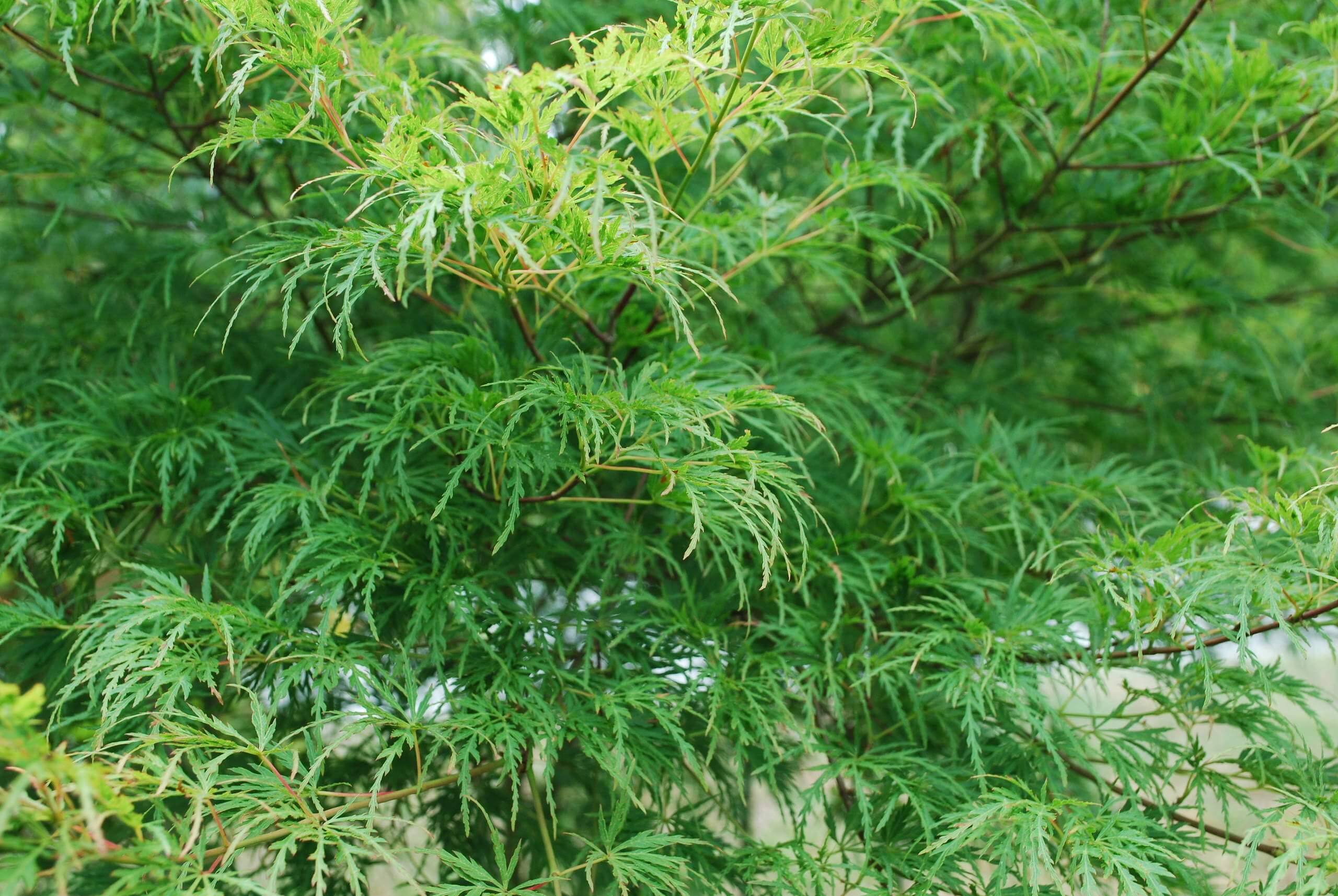
‘Seiryu’. This cultivar sporting activities chartreuse vegetation and is just one of minority upright lace-leaf Japanese maples. While several maples with eco-friendly vegetation melt completely sunlight, Seiryu lusters. Tim claims that this cultivar, whose name equates as “green dragons,” is among the fastest growing of all Japanese maples, getting to an elevation of 20 to 22 feet.
This cultivar was presented by Wada Baby room in 1972 and initially discovered a home in the united state at the National Arboretum. Its loss pigmentation is a great scarlet.
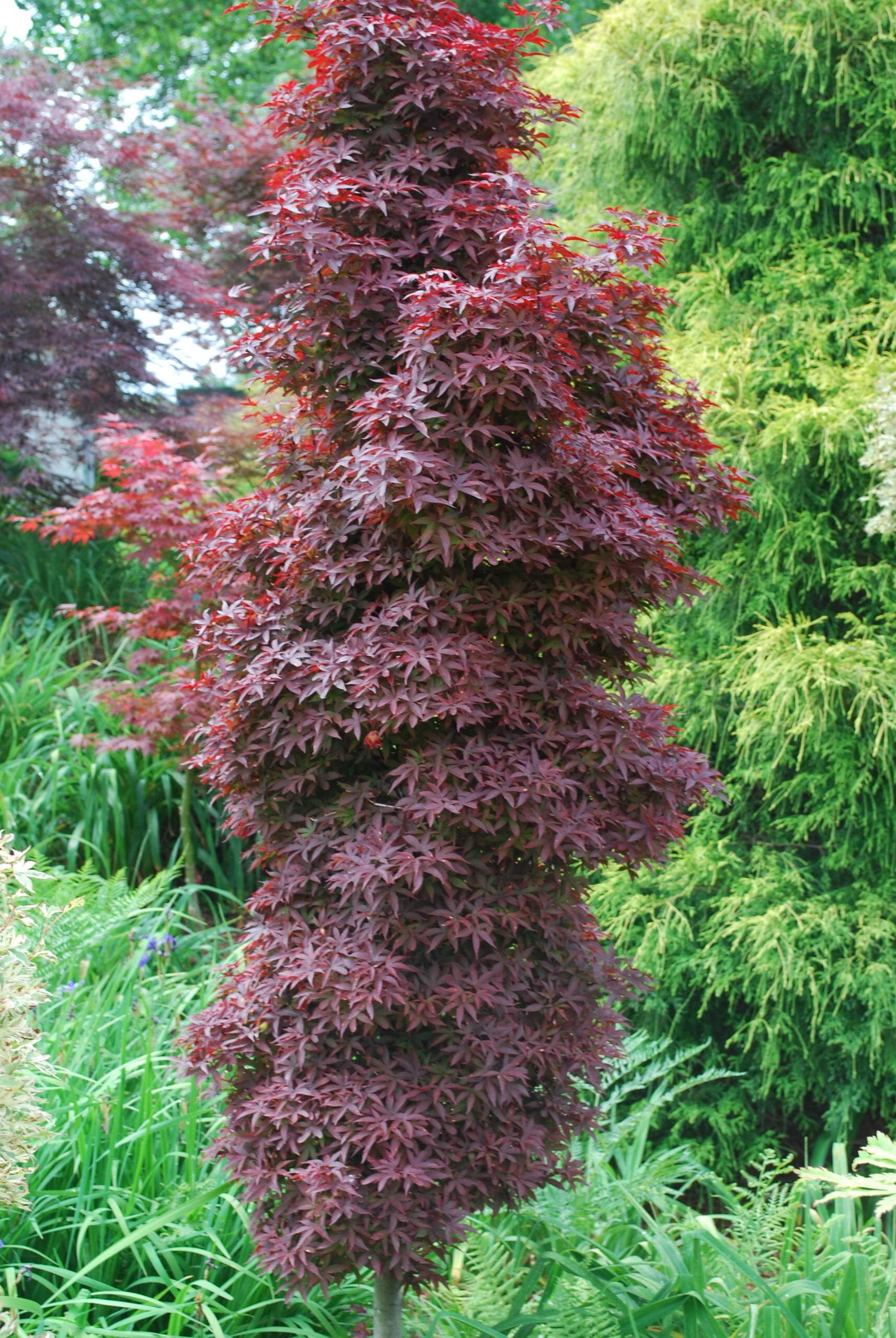
‘Twombly’s Red Guard’. Ken Twombly, of Twombly Baby Room in Connecticut, discovered this cultivar in a Connecticut church lawn. It is assumed to be a witch’s mop (a normally happening anomaly, typically globose fit, of Bloodgood).
Its columnar form is special, and it gets to 10 feet high and 3 feet broad in 15 years. Matt advises Twombly’s Red Guard for smaller sized rooms. Its loss pigmentation is a dazzling scarlet.
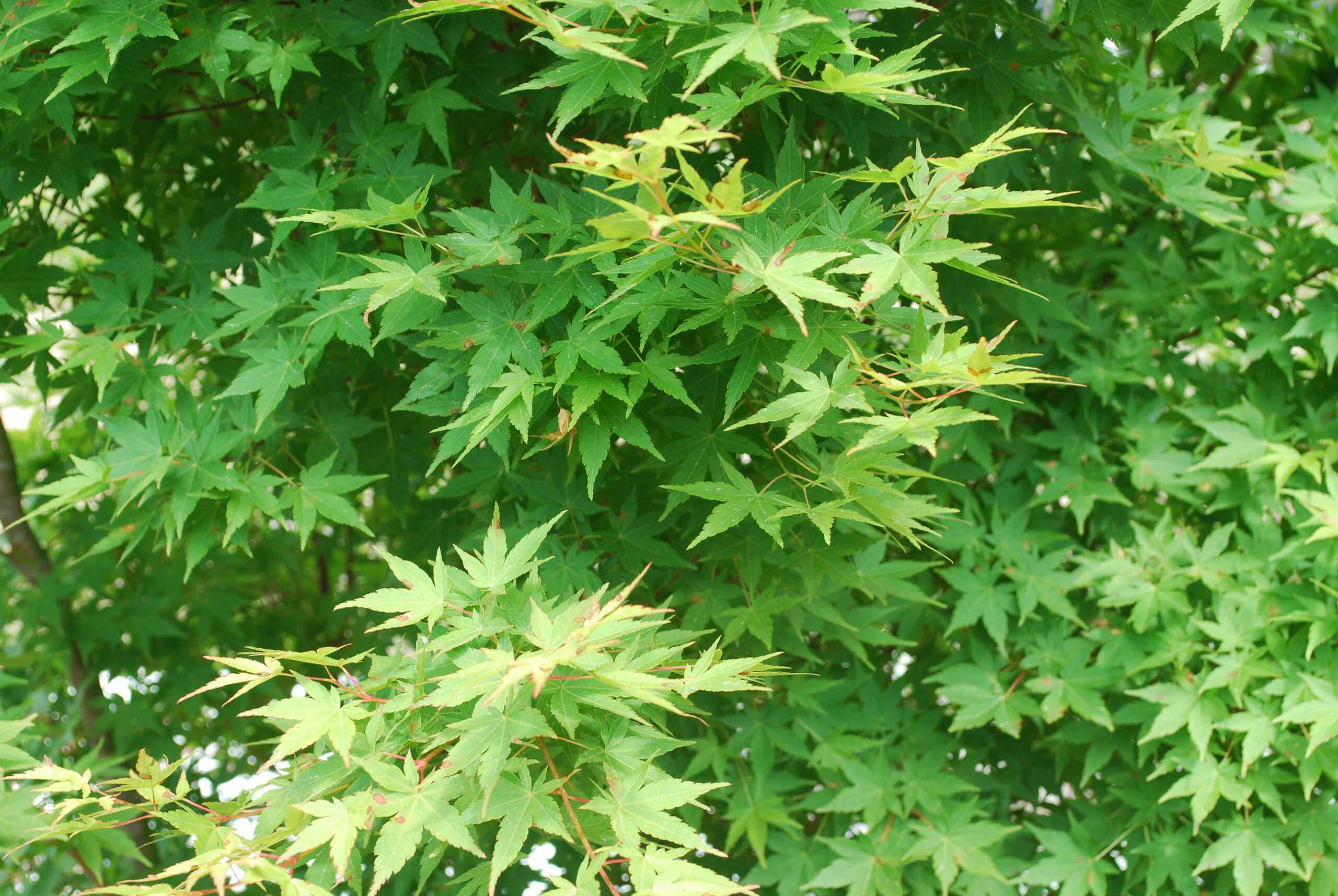
‘Tsukasa Shape’. Like Twombly’s Red Guard, Tsukasa Shape has an extremely columnar kind, making it suitable for little city rooms. This cultivar sporting activities chartreuse vegetation in springtime and darker environment-friendly fallen leaves in summer season, altering to a fantastic scarlet in fall.
Tim claims that this fast-growing cultivar goes beyond 1 foot of development each year, peaking at 20 feet high and 6 feet large. Matt includes that he has a consumer expanding this tree completely sunlight in Dallas, showing its resistance for warm and moisture.
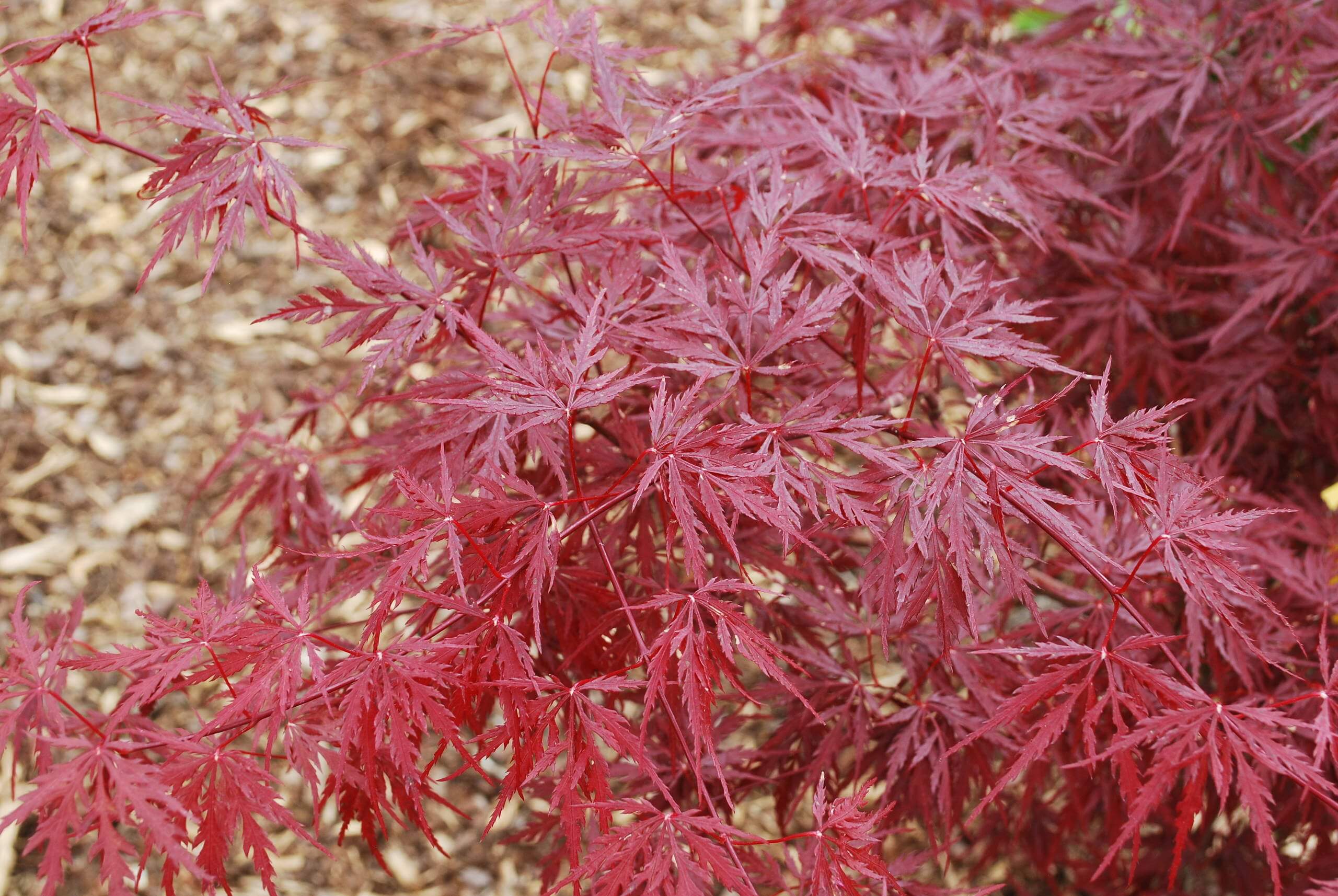
‘Monticello Gardens’. Matt and Tim call this cultivar the costs red for high-heat areas. It holds its red pigmentation much better than many cultivars throughout the period and does not swelter completely sunlight. It is, Matt and Tim state, the celebrity of a brand-new generation of red Japanese maples.
Monticello Gardens is a little cultivar, expanding to 5 feet high and broad in two decades.
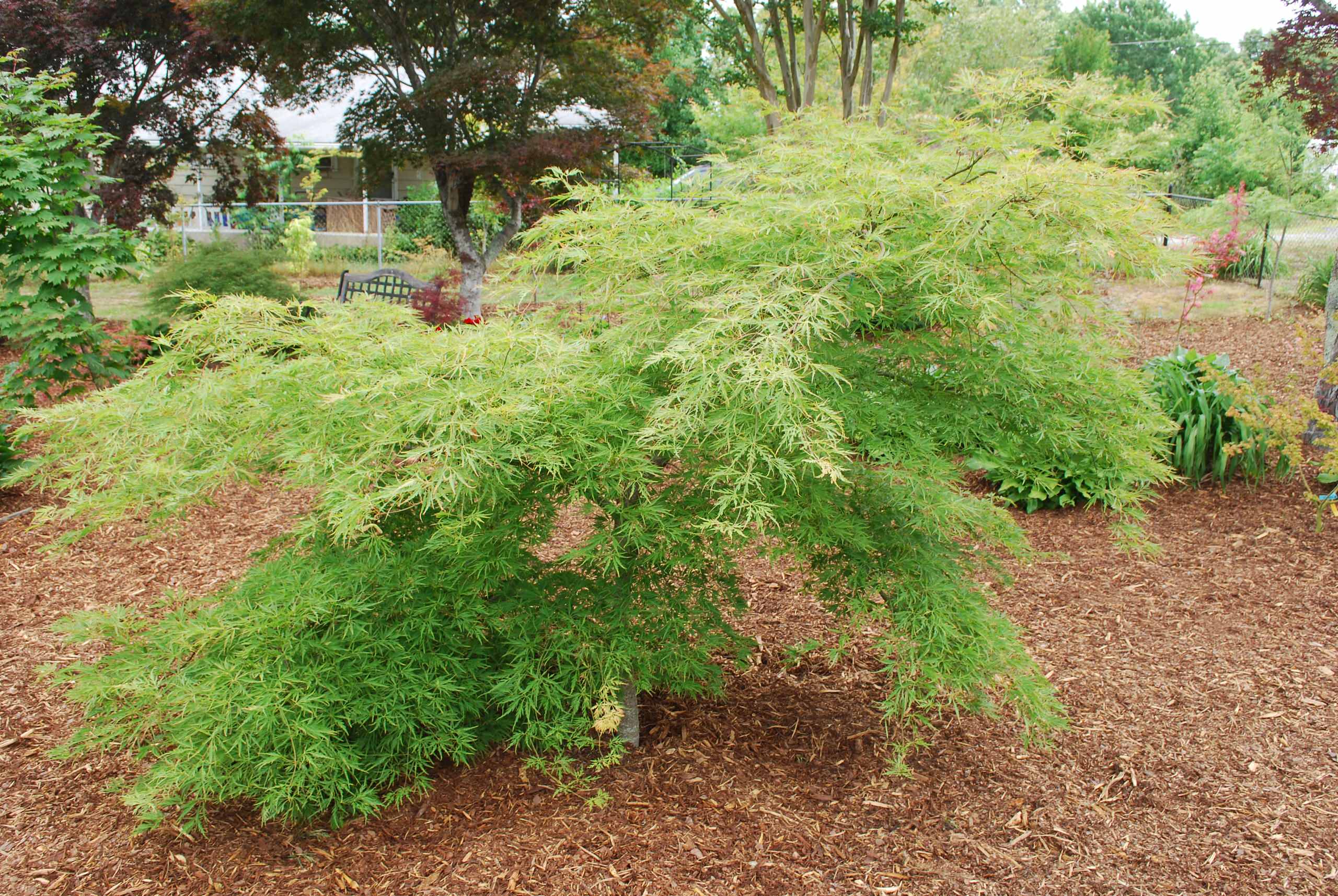
‘Germaine’s Revolution’. This cultivar, additionally referred to as ‘Contorta’, is the largest-growing swinging lace-leaf Japanese maple out there. It can conveniently get to 12 feet high and vast in 15 years. Matt calls it the Mack vehicle of Japanese maples for its plus size, stamina and reliability.
Germaine’s Revolution has an uncommon spiraling development practice and tiered vegetation. Its loss pigmentation is a vibrant orange. It carries out accurately as much southern as area 9.
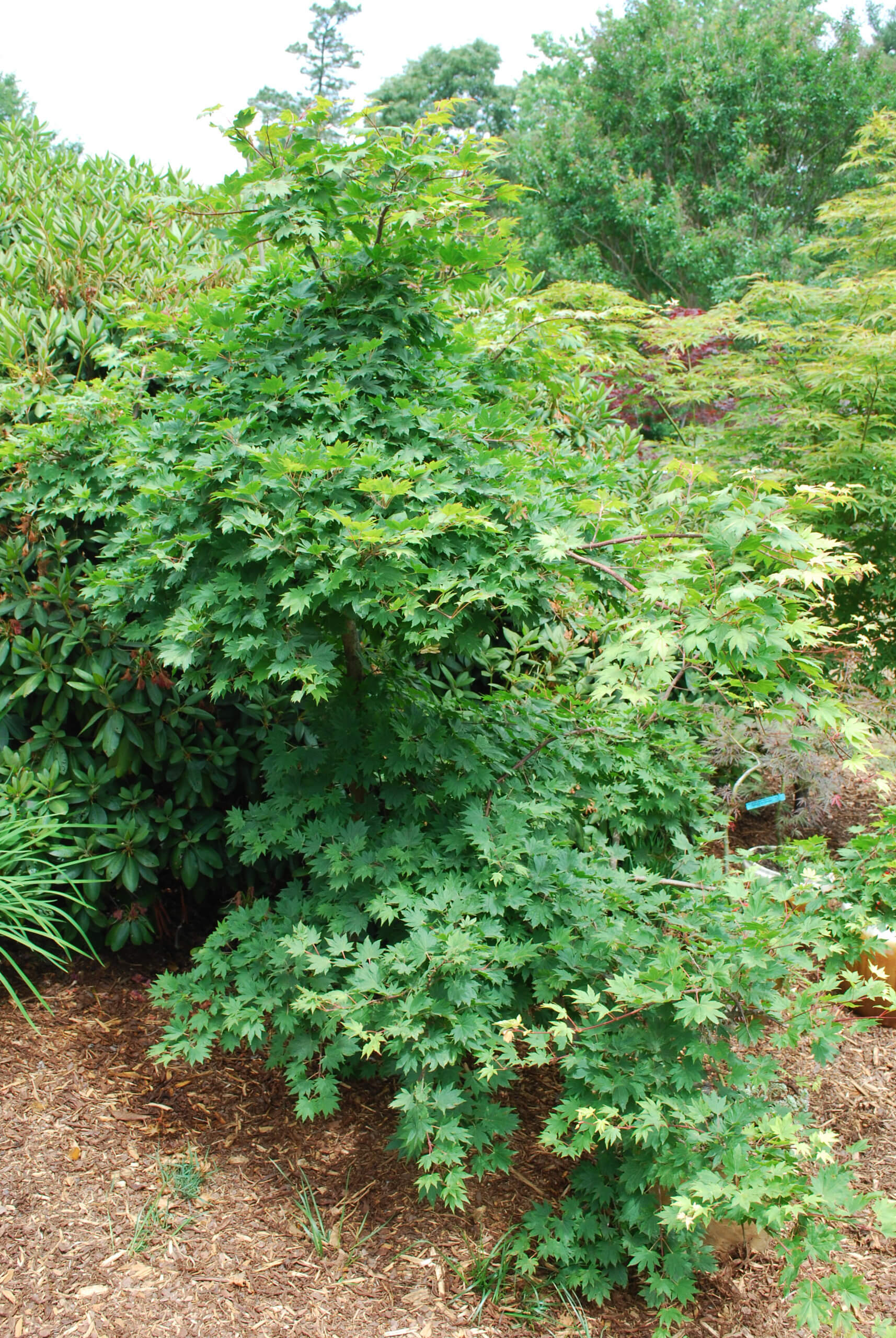
‘Seki no kegon’. This A. sieboldianum cultivar is just one of one of the most cold-tolerant Japanese maples out there. If implanted onto sieboldianum origin supply, Matt and Tim claim, it executes accurately as much north as Wisconsin.
Tim defines this cultivar as a crying maple comparable to moon maple. This really just recently presented cultivar expands to an elevation of 6 to 8 feet in 15 years. This green-leaved tree has a fantastic red loss shade.
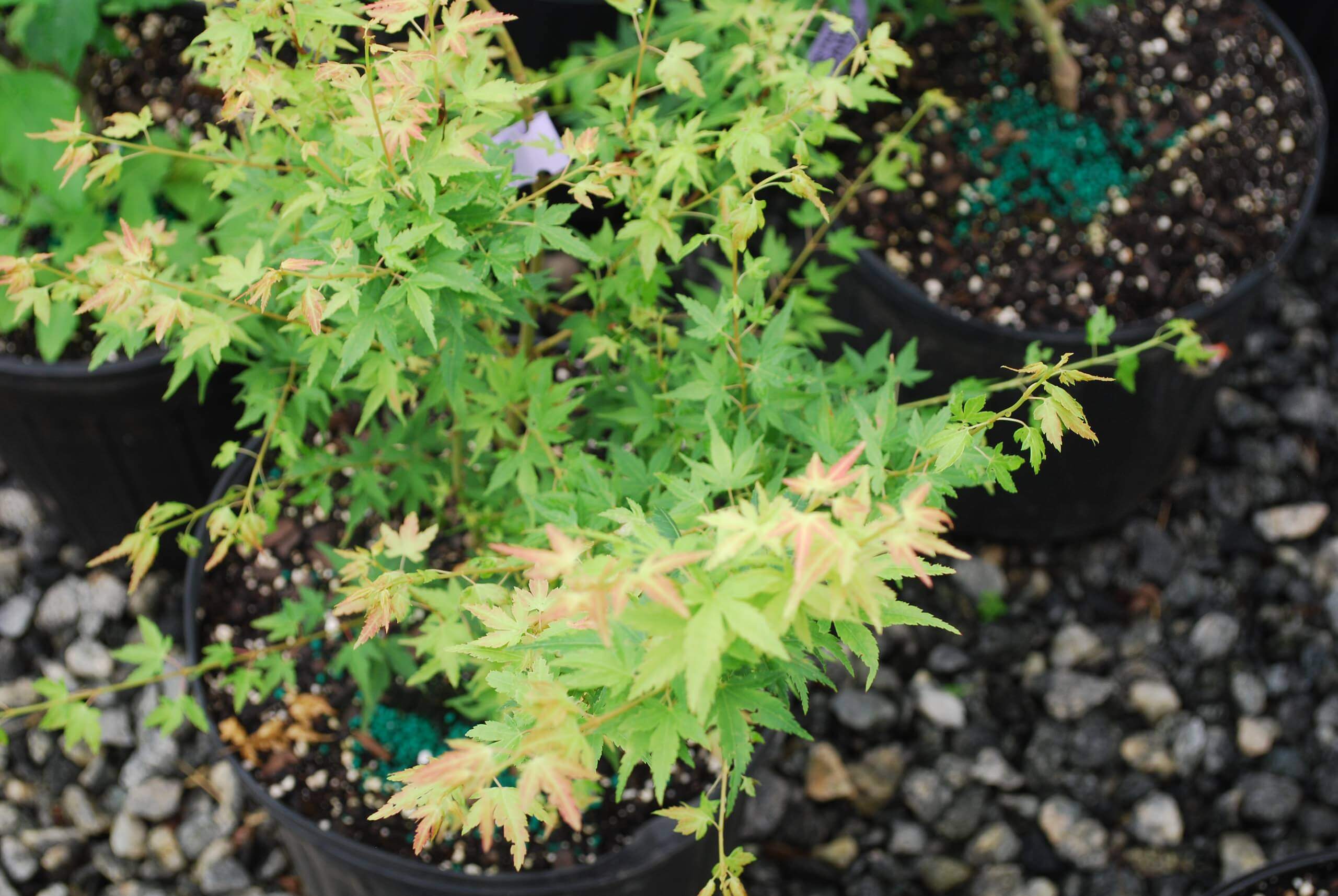
‘Saiho’. “Saiho” is a Japanese word converted as “heaven.” It is a dwarf, globe-shaped cultivar that gets to a 15-year dimension of 5 feet high and 4 feet large. As a result of this, and the truth that it sporting activities little fallen leaves, Saiho makes a great selection for bonsai.
Saiho is really warmth forgiving and does well without burning completely sunlight.
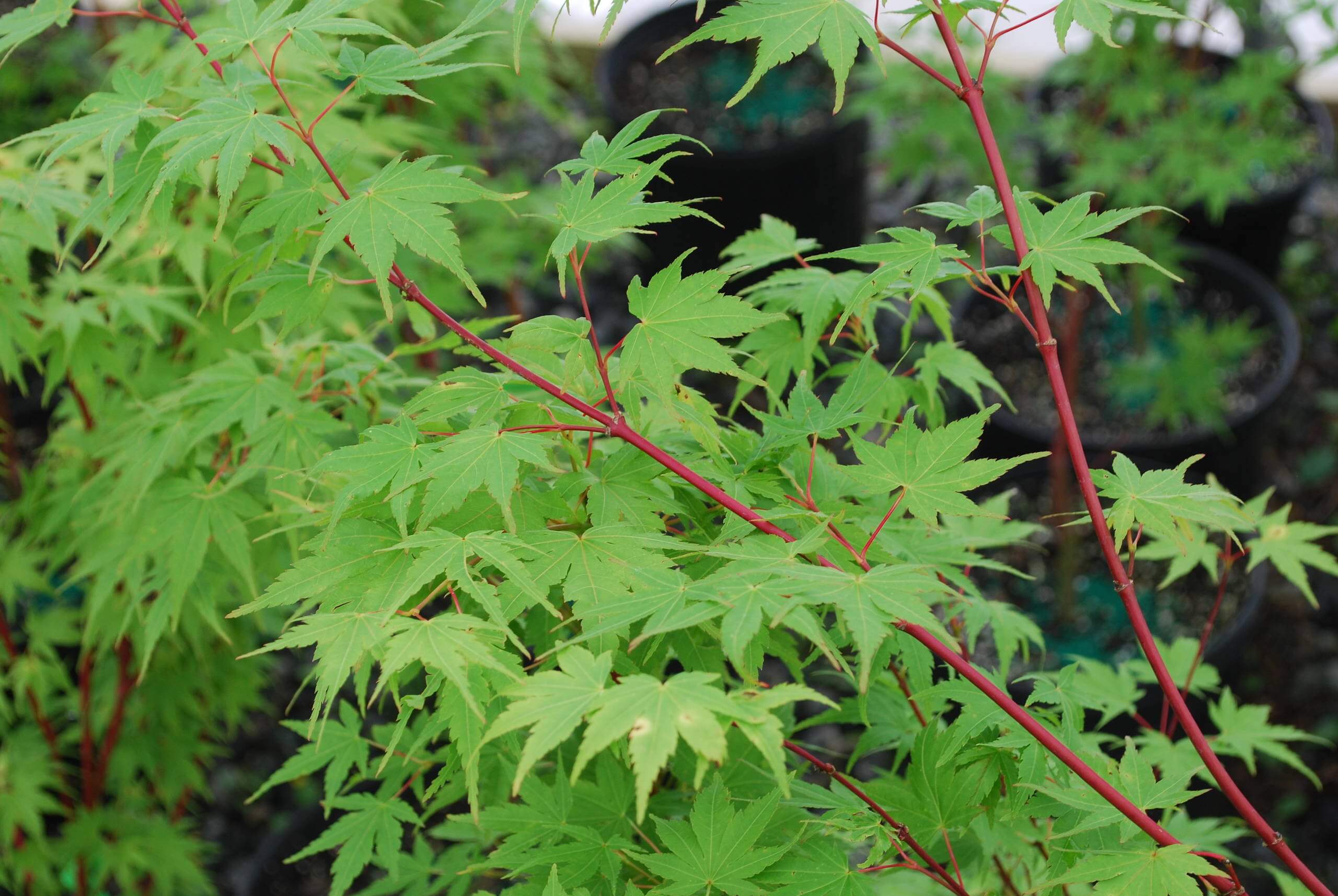
‘Sango-kaku’. This commonly grown cultivar has a name that converts as “reefs tower” and is generally referred to as coral reefs bark maple. It is expanded mostly for wintertime passion, as its bark transforms a bright red in winter season after showing off shades of orange and yellow throughout the warmer months. Sango-kaku sporting activities light eco-friendly fallen leaves that turn yellow in fall. It expands to an elevation of 18 to 20 feet.
Be encouraged that if grown in color, this tree might not reach its capacity for winter months bark pigmentation.
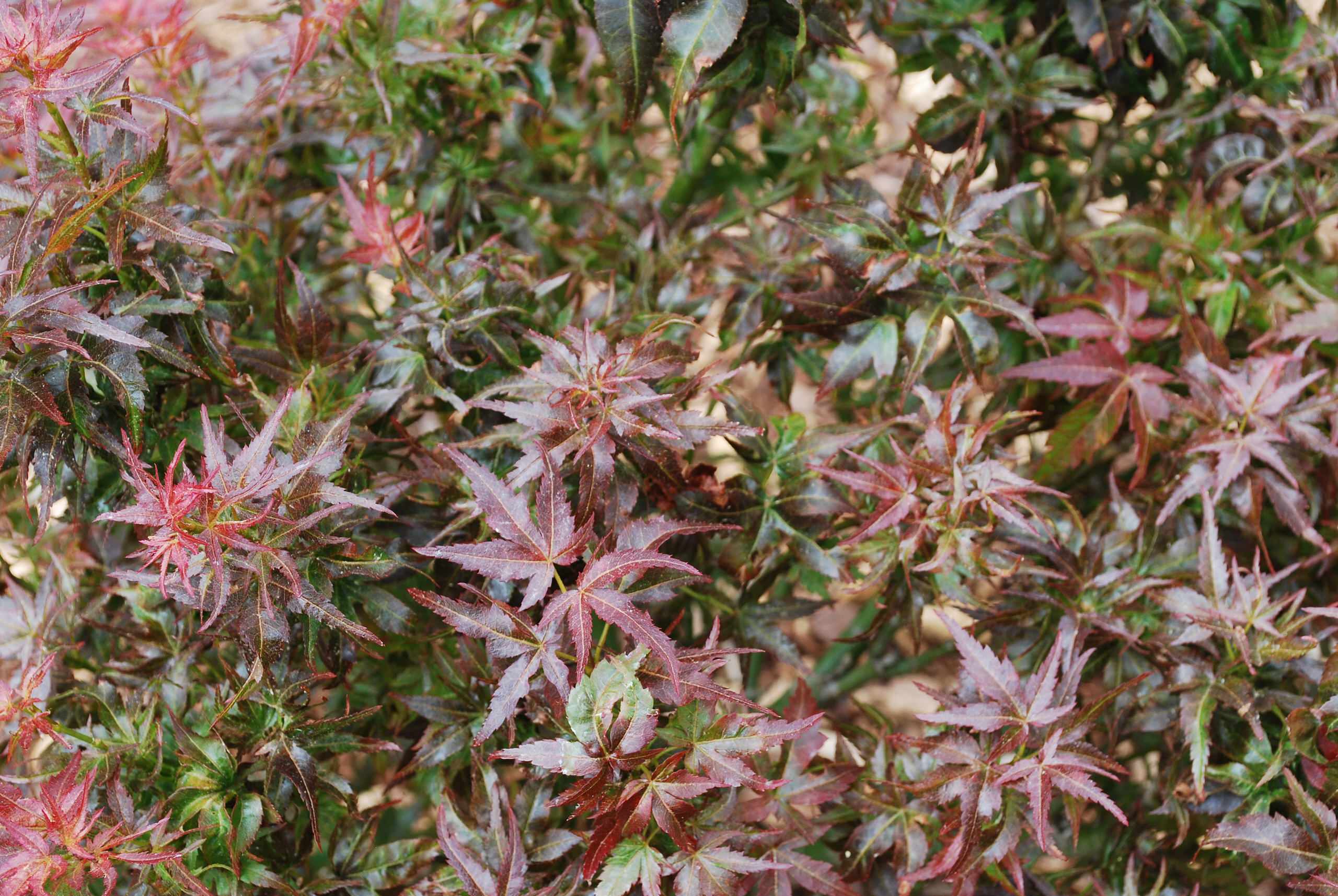
‘Kurenai jishi’. The name of this maple equates to “black lion,” and it is in some cases described as “the red ‘Shishigashira’.” Its springtime pigmentation is a crimson, verging on black, with brighter development on the branch suggestions. It is complete and portable, with hefty structure. Kurenai jishi will certainly get to a 10-year dimension of 4 1/2 feet high and 3 feet large.

You must be logged in to post a comment.